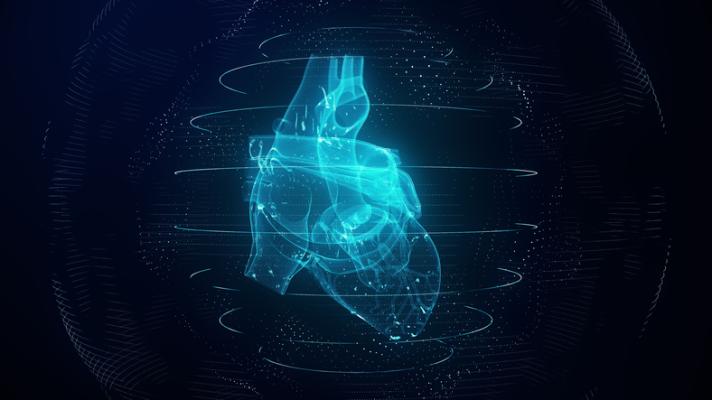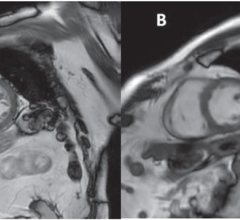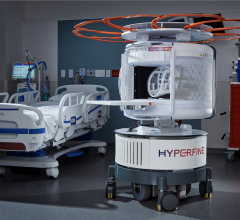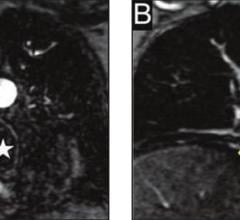
Getty Images
November 17, 2023 — Researchers from the University of Minnesota Medical School examining the cause of cardiomyopathy discovered one out of every six patients with coronary artery disease had non-ischemic or dual cardiomyopathy.
The findings of this study were published this week in the peer-reviewed journal Circulation, the flagship journal of the American Heart Association.
Cardiomyopathies are diseases of the heart muscle. Patients with coronary artery disease can have cardiomyopathy from heart muscle damage as a result of heart attacks. Therefore, in patients with cardiomyopathy, the current clinical practice is to look for coronary artery disease using coronary angiography—an X-ray test that shows whether coronary arteries are narrowed or blocked. If coronary artery disease is found, it is assumed the patient has ischemic cardiomyopathy.
Non-ischemic cardiomyopathy refers to a heart muscle condition where the cause of the problem is not related to blood supply. Dual cardiomyopathy refers to two simultaneous problems with the heart muscle—both ischemic and non-ischemic. Patients with these conditions had worse long-term outcomes compared with patients with ischemic cardiomyopathy.
The research team studied patients with coronary artery disease who had cardiac magnetic resonance imaging (CMR) for clinical reasons, which allowed a more accurate determination of the presence and the cause of cardiomyopathy.
“Investigating the cause of cardiomyopathy using CMR for a myocardium-centric approach—in contrast to the conventional coronary-centric approach using coronary angiography—provided us new insights with important clinical implications,” said Chetan Shenoy, MBBS, MS, senior author of the paper, an associate professor at the University of Minnesota Medical School and a cardiologist with M Health Fairview. “Our findings have implications for the treatment of patients with coronary artery disease and cardiomyopathy, traditionally assumed to all have ischemic cardiomyopathy.”
The findings imply that in patients with obstructive coronary artery disease, coincidental non-ischemic or dual cardiomyopathy may contribute to the lack of prognostic benefit from coronary revascularization—procedures which restore blood flow to areas of the heart that are not getting enough blood.
Future research should investigate whether non-ischemic or dual cardiomyopathy in patients with coronary artery disease influences outcomes, specifically after coronary revascularization. If it does, the next step would be to investigate whether routine CMR before coronary revascularization to identify the cause of cardiomyopathy would improve the selection of patients for coronary revascularization, and overall outcomes.
This research was supported by the National Institutes of Health [grants K23HL132011, R03HL157011, and R01HL158756].
For more information: www.med.umn.edu


 April 23, 2024
April 23, 2024 








